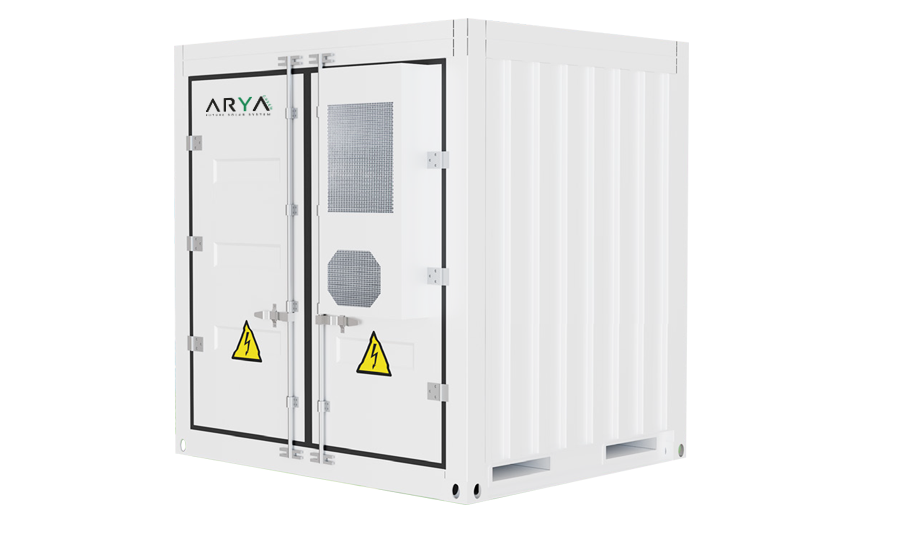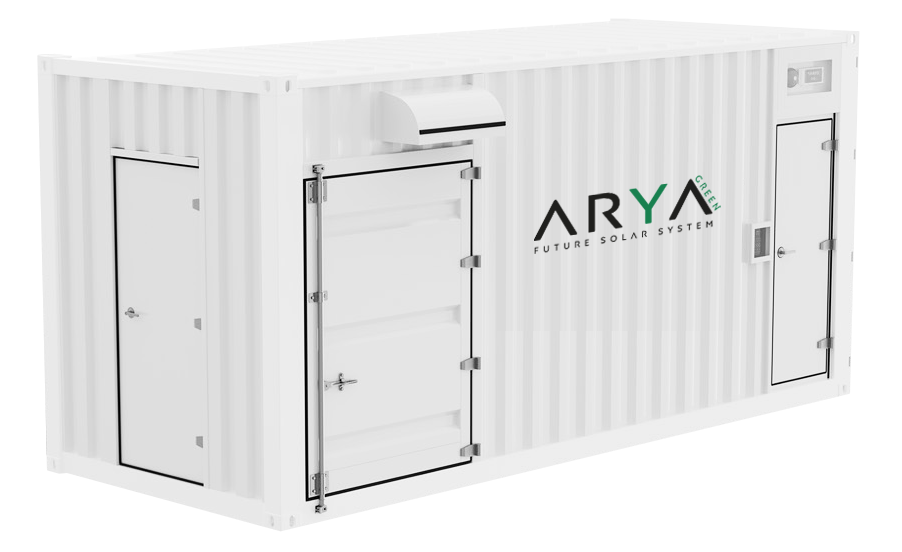ENERGY OPTIMIZER
600W
INVERTER
1-60KW
WITH MATCHING SYSTEMS UP TO 360KW
HYBRID INVERTER 3-20KW
WITH MATCHING SYSTEMS UP TO 120KW
SINGLE-PHASE STORAGE BATTERIES 5-10KW
WITH MATCHING SYSTEMS UP TO 150KW
THREE-PHASE STORAGE BATTERIES 10KW
WITH MATCHING SYSTEMS UP TO 40KW
PROFESSIONAL
BOX
ALL IN ONE
SYSTEMS 122/215/645KW
WALL BOX
SINGLE-PHASE
AND
THREE-PHASE
3.5/7/11/22KW
ELECTRICAL PANELS AND BRACKETS
UNICOBOX AC/DC
FIELD ELECTRICAL PANELS
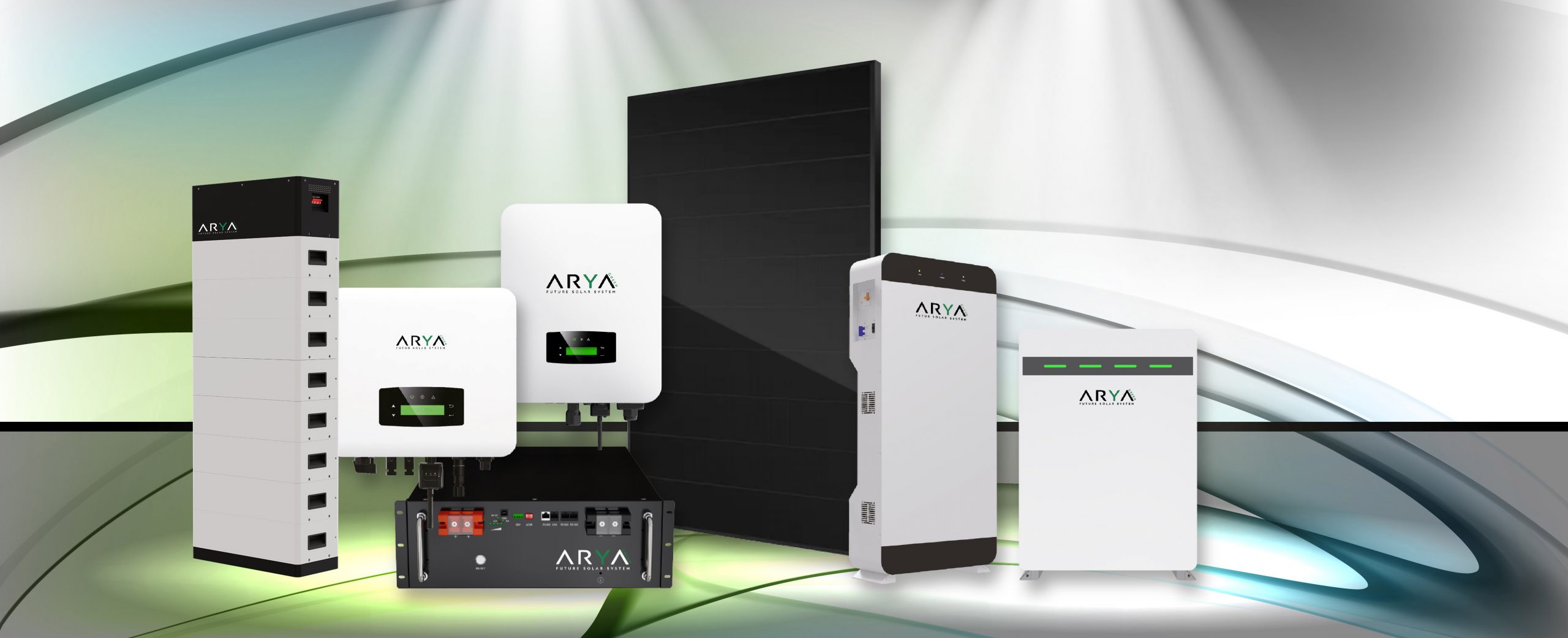
PROFESSIONAL BOX ALL IN ONE
HIGH EFFICIENCY 97.6%
With the cooling system, it guarantees greater efficiency
and longer battery life cycle.
EASY INSTALLATION
Highly integrated ESS for easy transportation.
All pre-assembled, no manipulation of the battery module on site.
VARIOUS APPLICATION SOLUTIONS
Variety of applications are supported such as
peak-shift, peak-cut, frequency adjustment, etc.
SAFETY AND RELIABILITY
Multi-layered battery protection layers formed by
self-contained systems offering impeccable safety.
CHARGING STATION
Most popular charging solution for residential and public use.
MONOPHASE 3.5/7KW – TRIPHASE 11/22KW
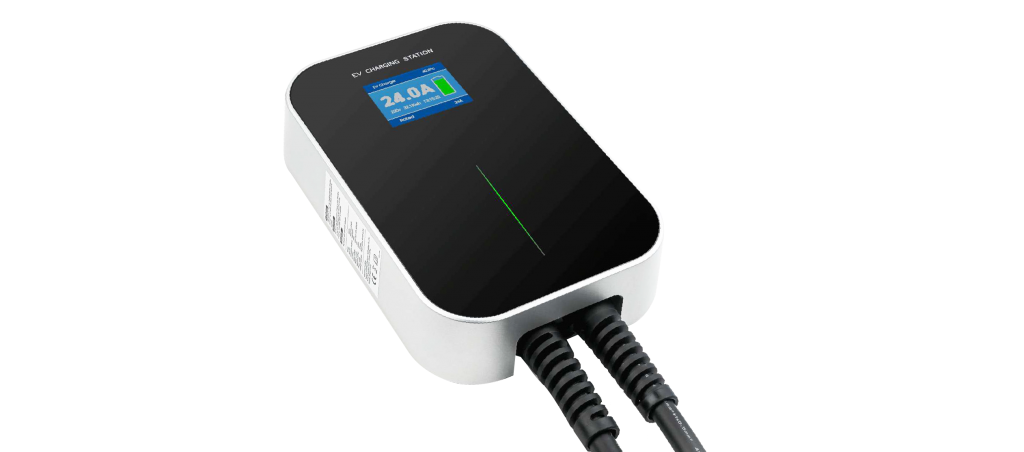

COLOR LCD DISPLAY
Shows the charging status such as: charging time, voltage, power
consumption etc.

EASY INSTALLATION
Just a few steps are needed to assemble
the charger on the wall,
no complicated wiring process.

INTELLIGENT CHIP
Automatically fixes faults while charging

LET'S FIND OUT SOMETHING MORE ABOUT PHOTOVOLTAIC PANEL TECHNOLOGIES
Difference between P-TYPE and N-TYPE technology?

P-type cells are the most widespread on the market, they are built on a positively charged silicon base. And the wafer contains boron, which has one fewer electron than silicon. The front part of the wafer instead has a negative charge and has phosphorus with one more electron than silicon.
This cell architecture helps form the P-N junction that allows electrical flow within the PV cell.
N-type cells are built starting from the reverse concept, therefore on a negatively charged base. In terms of efficiency they are the most powerful, as the carrier has a longer life as it is not subjected to a boron-oxygen combination. They are less subject to metallic impurities than silicon and immune to LID – Light Induced Degradation.
30 YEARS GUARANTEE
Linear production guarantee 85% power

OPTIMIZERS
Optimize energy generation
To solve mismatch problems caused by shading, dust/snow, orientation, power derating differences, double surface cells and so on, AR-OPT can reduce power loss by 3~25%. Optimize power generation,to achieve LCOE.
Eliminates hot spots, improves system reliability and extends the operational life of photovoltaic modules.
Reduces the output voltage of photovoltaic modules, to connect more modules in each string.


WHAT IS THE BATTERY ENERGY EFFICIENCY CLASSIFICATION?
LiFePO4 lithium batteries for storage systems
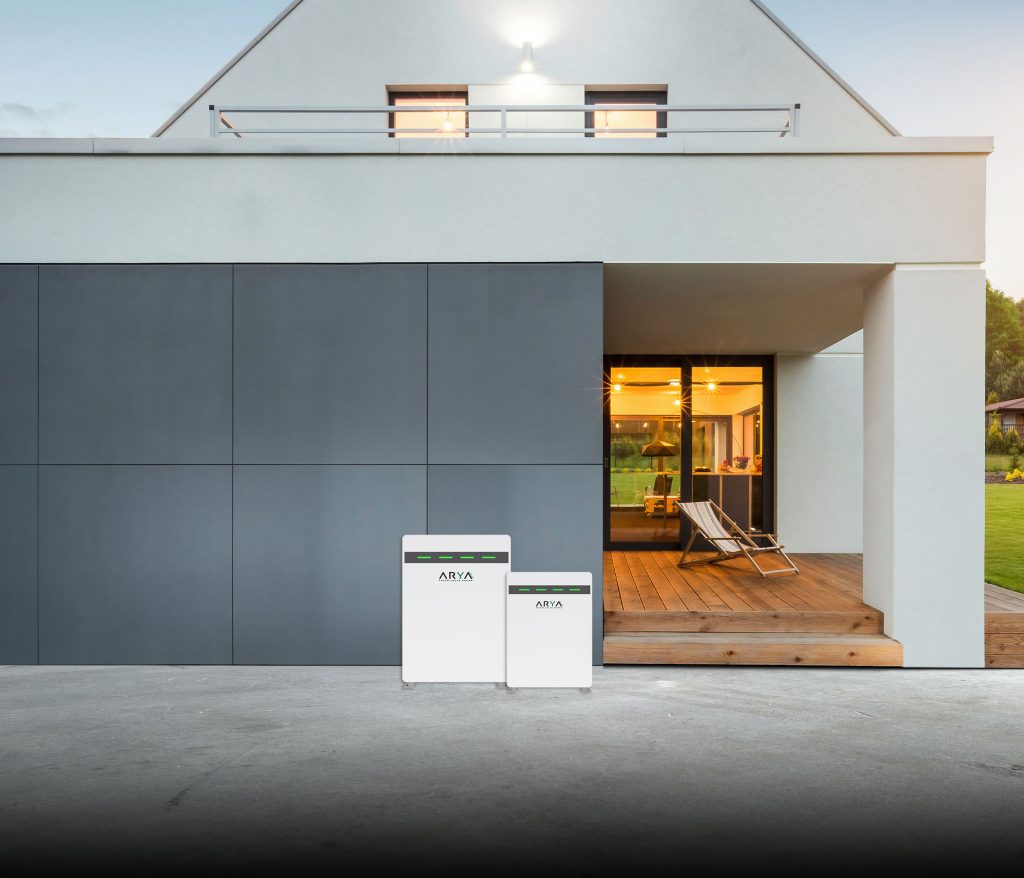
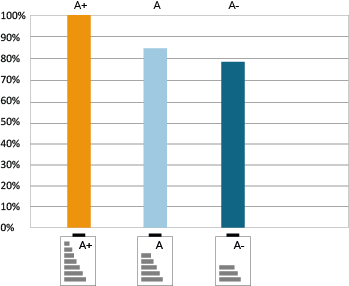
The new storage systems are composed of latest generation LiFePO4 lithium ion batteries which have a much longer life than old-concept batteries. Lightweight and compact, lithium batteries are able to store the energy generated by the photovoltaic system and supply it when required, generally in the evening hours, limiting the consumption of energy taken from the grid to a minimum.
Lithium battery storage systems are mostly used in domestic photovoltaic systems where energy storage ranging from 3 kWh up to 10-15 kWh is required. Typically these latest generation storage systems are modular, in the sense that it is possible to purchase and connect multiple battery modules in parallel in order to increase the capacity of the energy reserve.



DIFFERENCE BETWEEN INVERTER and HYBRID INVERTER
What are the features of the inverter?

INVERTER
WITHOUT STORAGE
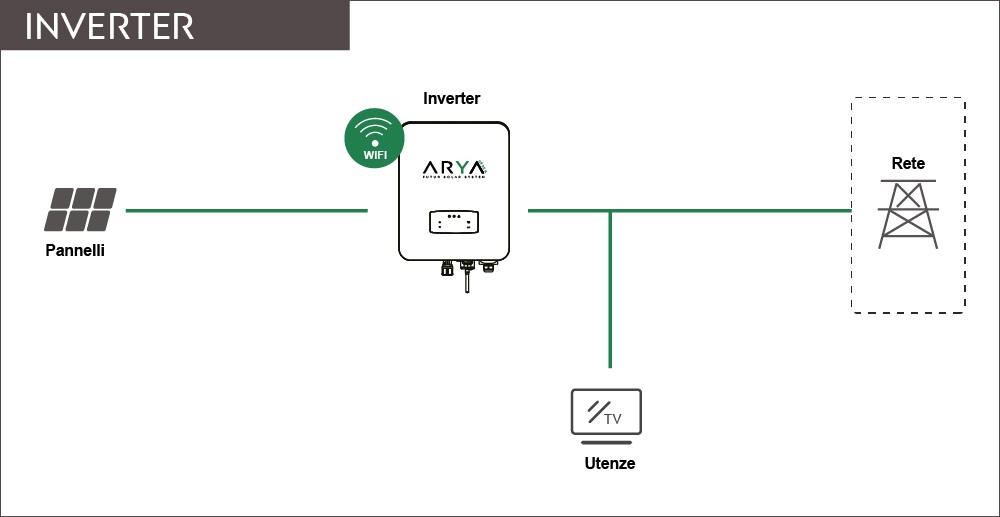
HYBRID INVERTER
WITH STORAGE
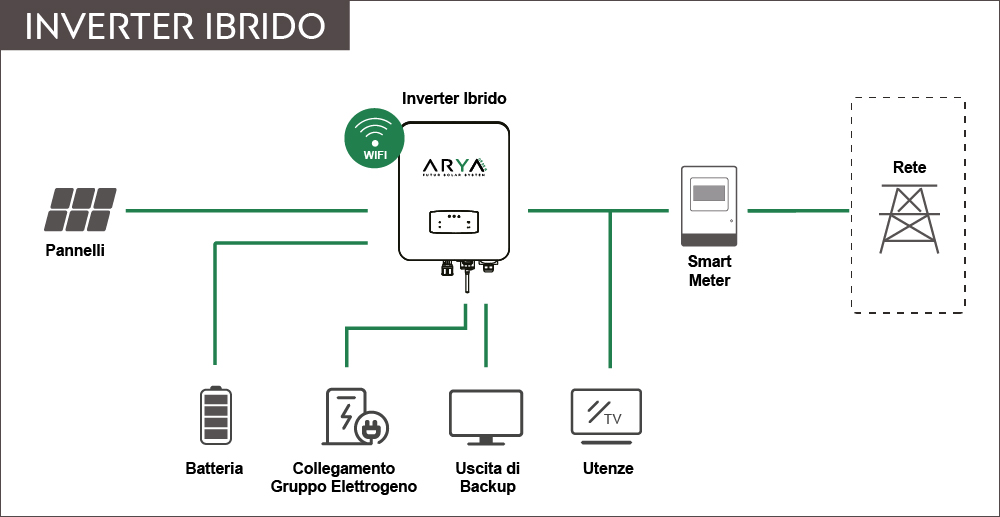
What are the features of the inverter? The solar inverter is considered the heart of a photovoltaic system because it allows all those who install a photovoltaic solar system on their roof to use solar energy inside their homes. In fact, the current generated by photovoltaic solar panels is direct current (DC) which cannot be used at home. In order to use electricity every day in our homes, it is therefore necessary to convert DC into alternating current (AC) and to do this we need a photovoltaic inverter.
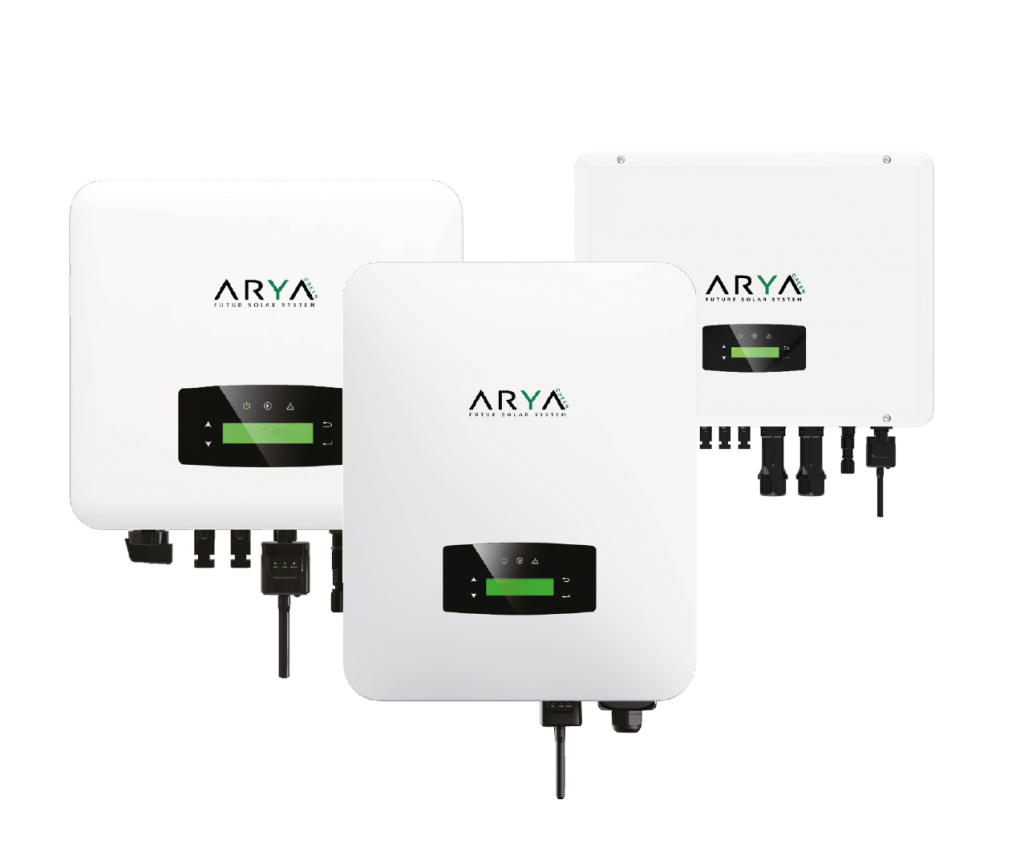
PLUG & PLAY BALCONY KIT
For Residential systems
Plug and play solar panels are compact photovoltaic systems that can be easily placed on terraces, windows or in outdoor areas. These devices are designed to be very simple to use and do not require any special technical knowledge for their installation.
Thanks to their portability and ease of use, plug and play panels have become an increasingly popular solution for those who want to produce electricity easily and economically.
INSTALLATION
Matching multiple connection modes
WIFI
Built-in Wi-Fi for
remote monitoring
SAFETY
DC 60 Volt with surge protection
EFFICIENCY
96.5%
HIGH EFFICIENCY

CLAMPING SYSTEMS
ON DEMAND

SWITCHBOARDS
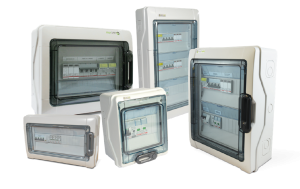
UNICOBOX DC/AC
QUADRI DI CAMPO

